What is an Underbite: Everything You Need to Know

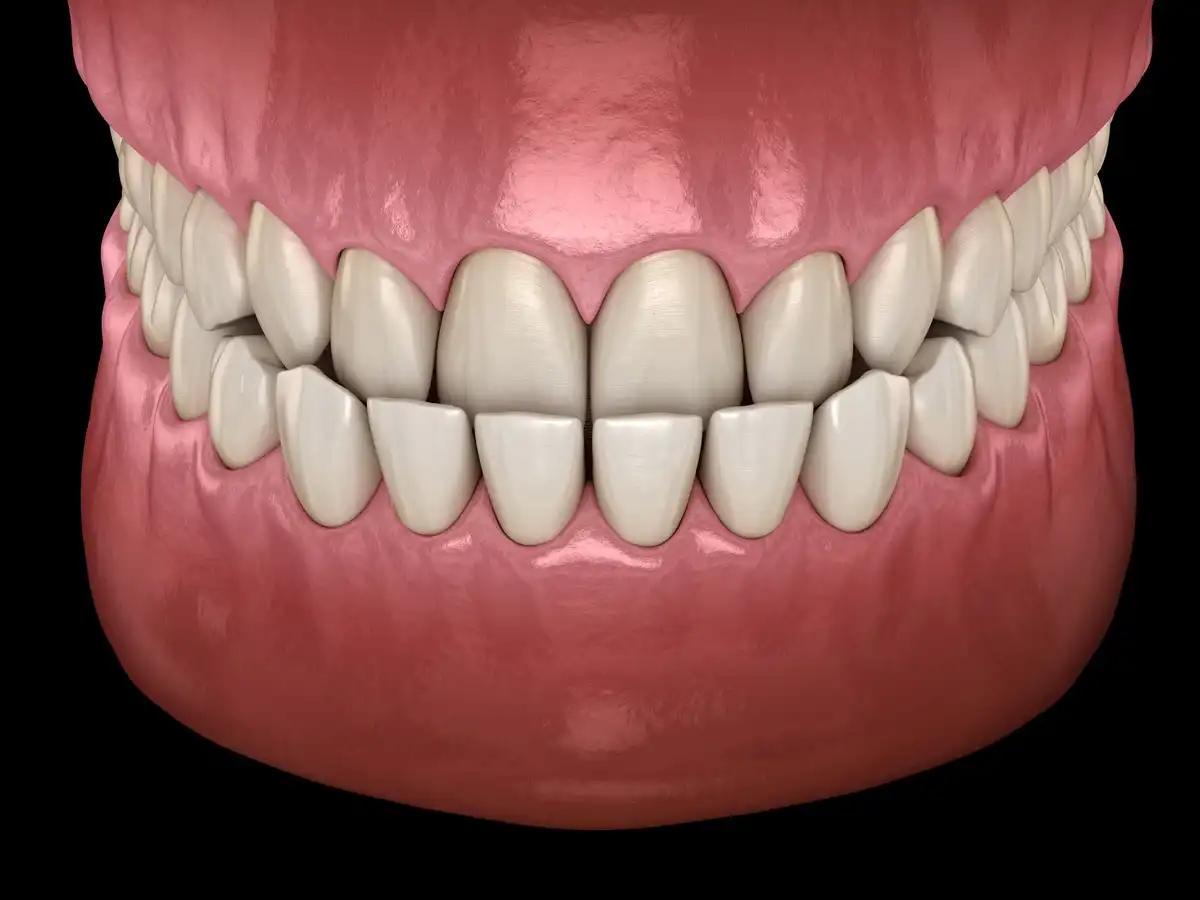
An underbite is a physical characteristic where the front lower teeth set out further than — or even overlap — the front upper teeth. Typically, you want to have an extremely slight, natural overbite where the upper front teeth barely overlap the lower front teeth. But when it’s the other way around — in the case of an underbite — it can lead to a host of complications. Understanding underbite causes and how to correct an underbite can help you (or your child) find relief.
Underbite Symptoms
1. Misaligned Teeth
This is probably the most obvious sign of having an underbite. The fact that the front teeth do not align properly — and that the lower front teeth overlap or protrude past the upper ones — is indicative of a malocclusion (misaligned teeth.)
2. Abnormal Facial Structure
Underbite causes are sometimes due to genetic issues or irregular skeletal growth patterns. In turn, it can alter a person’s facial profile or make their jaw appear more pronounced. In other words, it seems like it’s larger or “too big” for their body.
3. Difficulty With Chewing Or Biting
People with an underbite will find that their teeth don’t line up properly. And when your upper and lower teeth don’t meet correctly, it means your chewing patterns are thrown off. And when you can’t chew the way you’re supposed to, your TMJ has to make up for it. In the grand scheme of things, wanting to learn how to correct an underbite may tie back to reasons like TMJ pain and premature tooth wear.
4. Speech Impediments
Your orofacial anatomy, teeth positioning, and their relationship to your tongue will impact the way your speech sounds when you’re talking. Having a lisp or variations of other speech patterns may be caused by the physical location of your teeth. Meaning there’s not much you can do about it without taking steps to correct the underbite.
Causes Of Underbite
1) Childhood Habits
Typically, we think about habits like thumb sucking or pacifier use causing issues like overbites and openbites. But changes in your child’s oral function — through external factors or habits — can also contribute to the development of an underbite. Since those repeated movements or pressure points can physically alter the growth patterns of your child’s jaw, their bone may form in a direction that it otherwise shouldn’t. Anything from long-term bottle and pacifier use to your child habitually sucking on their lip can cause permanent changes in their jaw anatomy.
2) Genetics
3) Injury
Traumatic injuries can alter bone growth and positioning. Perhaps it’s an accident that required reconstructive surgery, permanently altering the position of your mandible (lower jaw.) Or maybe your child was significantly hurt in an accident, causing the growth plates in certain bones to slow in certain areas.
4) Tumors
If for some odd reason, there is a tumorous growth inside of the jaw, it could cause the mandible to grow atypically on one side. Perhaps one side becomes more pronounced than the other, causing both and underbite and a crossbite.
Complications From Underbites
Having an underbite causes significant functional concerns, not to mention aesthetic issues. Even if the appearance of an underbite doesn’t bother you personally, it can be harmful to the overall joints and muscle tissues of your face. Particularly your TMJ. If your TMJ is constantly having to strain to bring your teeth into a proper occlusion (biting relationship) to break down food, it will eventually lead to pain, limited range of motion, and possibly TMJ disorder.
Underbite Treatments
What options are available when it comes to how to correct an underbite? In most cases, they will involve some type of growth modification technique while the facial bones are still developing. That way your dental specialist can physically guide the bones into the desired position before they’re fully formed. Otherwise, your only choice is to have surgery. But for simplicity’s sake, here are the non-surgical treatment options that are available, assuming you catch the underbite in time.
1) Removable Retainer
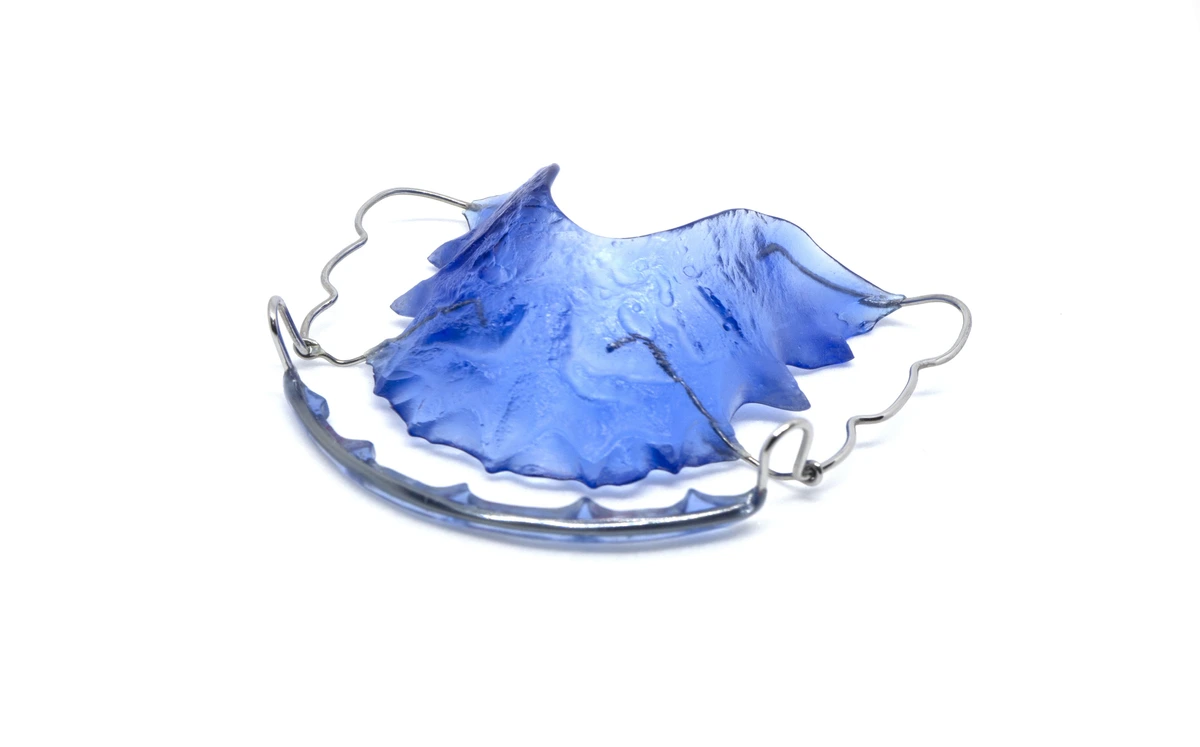
A retainer helps hold things in place, but doesn’t actually move teeth into a new position. If we see something happening growth-wise and need to intercept it before another type of treatment starts (or to potentially avoid treatment altogether) or to see if things will work themselves out on their own, your dentist might want to put you or your child in a retainer to ward-off a bigger problem.
2) Braces
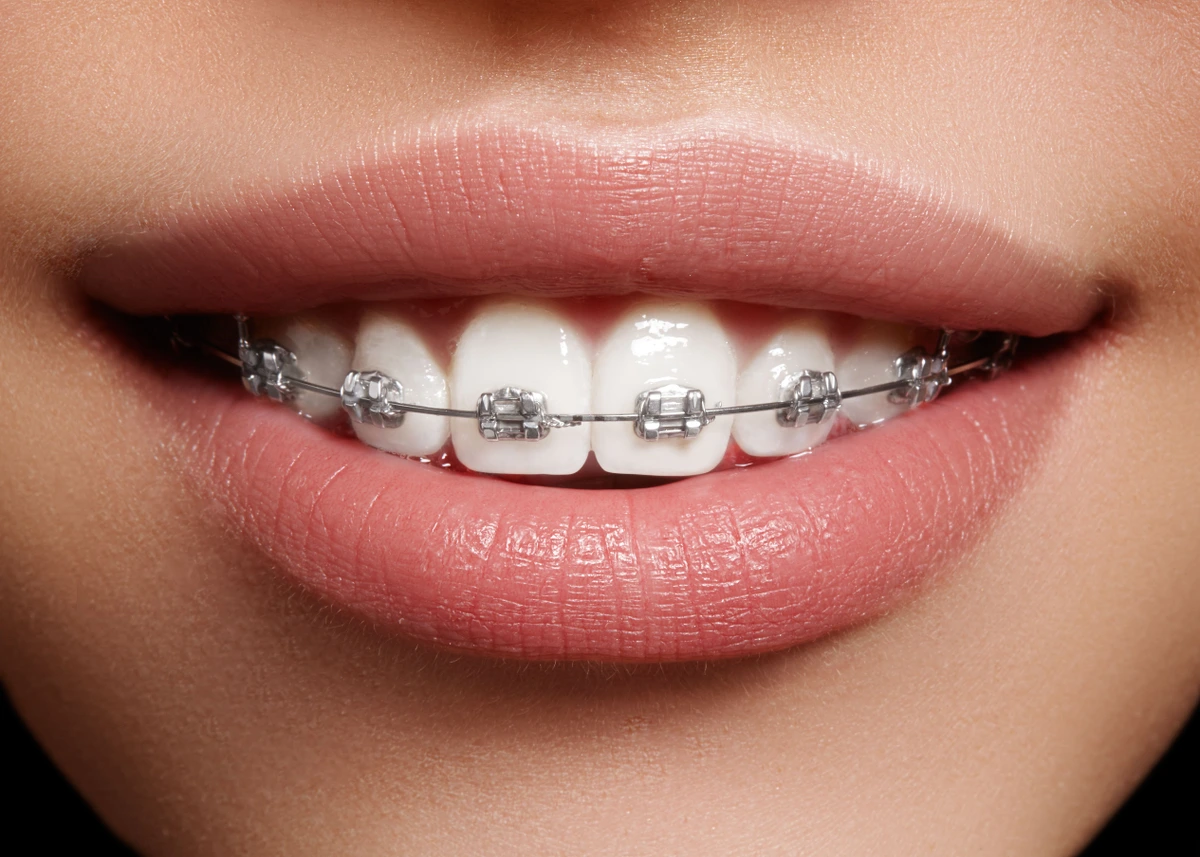
Orthodontic treatment is a must. Traditional appliances like brackets and wires can physically guide tooth placement into a specific direction. If the underbite is mild, routine braces may be all that you need. For children, plan to schedule an orthodontic consultation at least by the time they turn 7 years old. Braces cost can depend on the extent of physical correction that’s needed to create a healthy bite.
3) Aligners
Mild cases of underbites can potentially be improved with a removable clear aligner. Your provider will probably need to use small “buttons” on specific teeth to give the aligners a bit of extra traction. Moderate to more severe underbites may not qualify. Especially if there’s more at play than just tooth alignment.
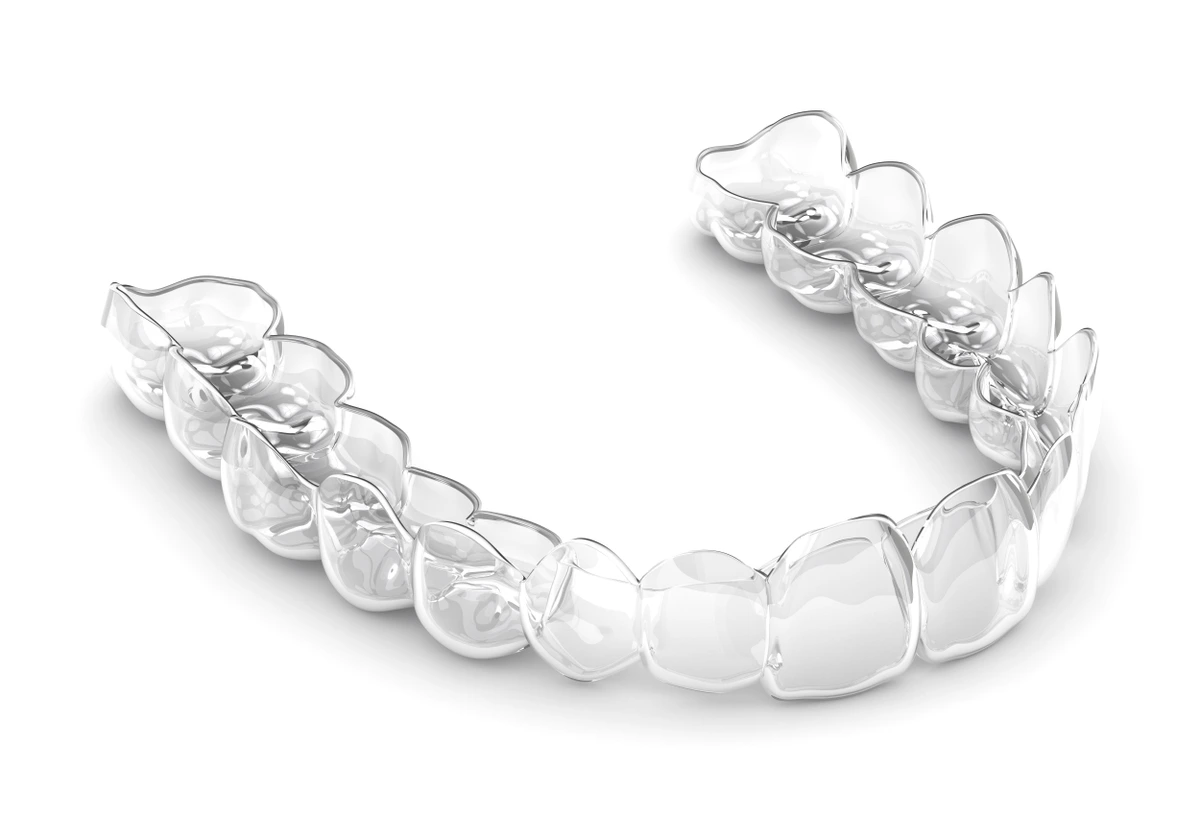
4) Upper Jaw Expander
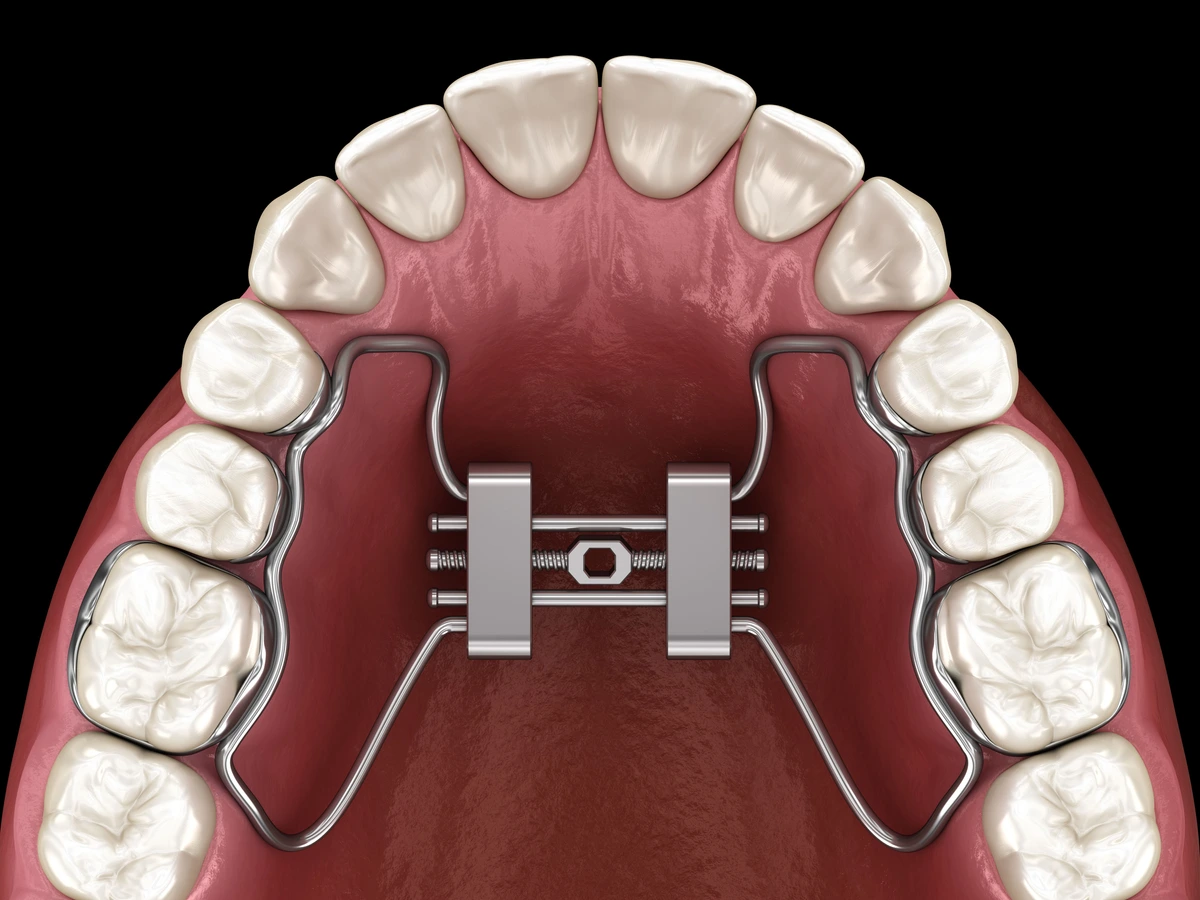
Palatal or upper jaw expanders are growth modification appliances widen the roof of the mouth, allowing the upper teeth to meet the lower teeth properly. They’re frequently used if the palate is too narrow, there is not enough space for the upper teeth to align properly, or if there is a crossbite.
5) Reverse-Pull Face Mask
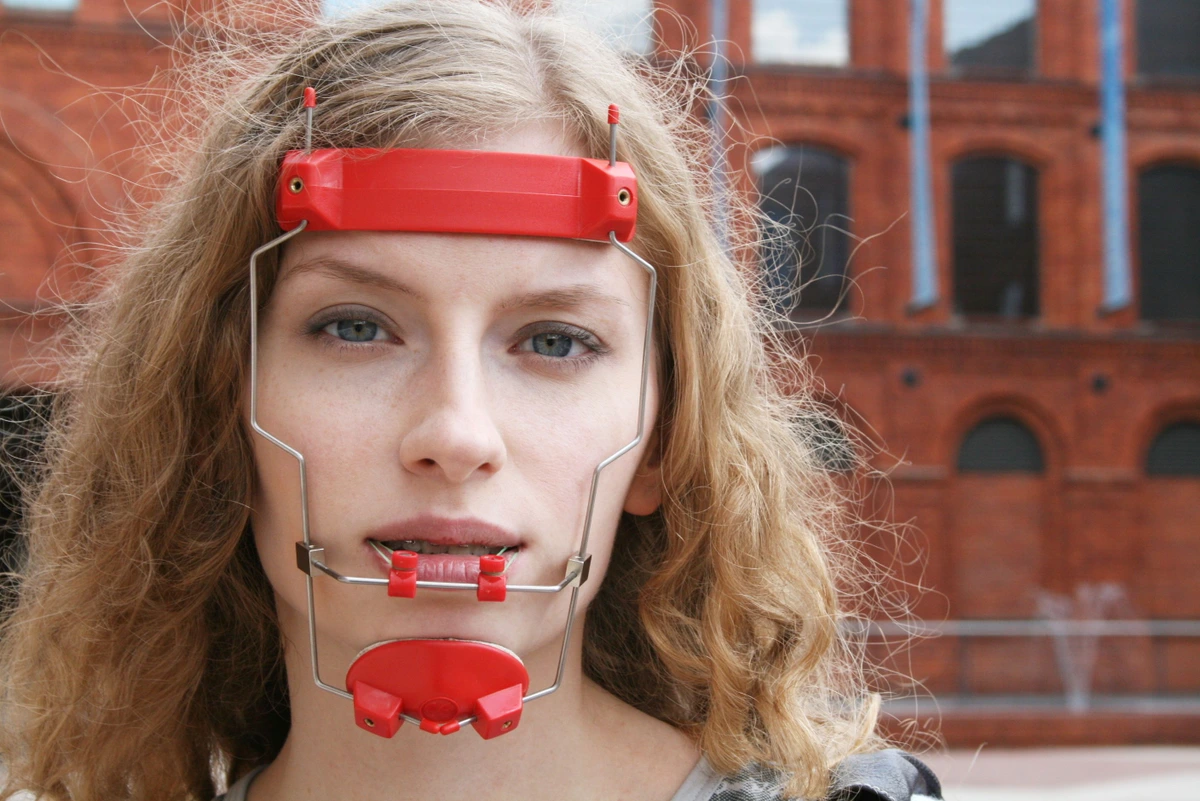
Headgear. You don’t see it as much these days, but it certainly has its place! These devices are worn over your face to apply pressure on the chin, preventing excess mandible growth in a forward position. In other words, it reduces the size of the lower jaw and helps keep it back and so it doesn’t protrude further than the upper jaw.
Underbite Surgery
Most underbite causes are directly associated with the anatomy of your lower jaw bone (mandible.) At that point if your bone is already completely developed, there’s no way to modify its growth through interceptive therapies. By then, the absolute only option that’s left is to physically reconstruct your jaw through jaw surgery. In the case of orthognathic jaw surgery, you would need to see an oral and maxillofacial surgeon.
Underbite surgery isn’t an easy process. The recovery time alone is quite lengthy and involved. But can it be absolutely, 100% worth it? Yes. Especially if you’re living in pain, unable to eat normally, or feel embarrassed about how your facial profile looks.
Cost
| Jaw Surgery | Average Price Range |
|---|---|
| Underbite Correction | $20,000 to $40,000 |
| Temporomandibular Joint Dysfunction Correction | $40,000 to $50,000 |
Overbite Vs. Underbite
Overbites tend to be much more common than underbites, especially in children who suck their thumbs or use a pacifier on a frequent basis. With an overbite, the upper front teeth excessively overlap the lower front teeth. You may not even see much of the lower teeth at all, due to how “deep” the overbite is. Overbites are not the same as overjets — which is where the upper jaw is protruded and/or the lower jaw is too small. However, many people use these two terms (overbites and overjets) interchangeably.
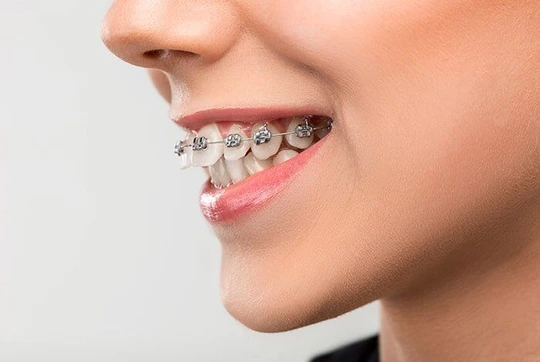
Remember, a natural, ever-so-mild overbite is considered normal. But within reason. When you have an underbite, there’s no overlapping of the upper teeth over the lower ones. Instead, the lower front teeth are overlapping or protruded past the upper teeth. If you see the latter, you’ll easily be able to determine that it’s not a healthy biting relationship.
Underbite Vs. Crossbite
It’s possible to have an underbite and crossbite at the same time. One is related more to the front teeth (underbite) while the other pertains more to the chewing teeth further back in your mouth (crossbites.)
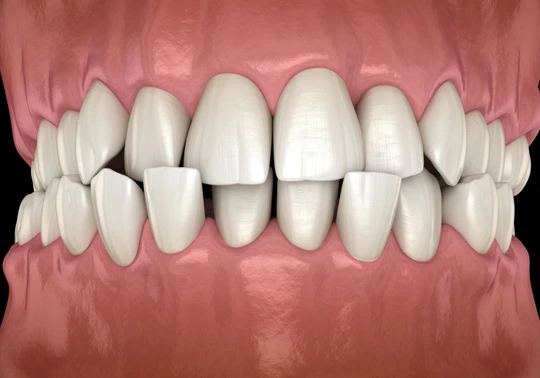
Crossbites tend to happen more when teeth are tilted further in or out of your mouth, instead of biting against their partners. Generally, we’ll see an upper molar tilted slightly inward, causing the lower molar to be closer to the cheek. So, although it’s similar to what’s happening with the front of the mouth during an underbite, it’s a little bit different. The cause could be due to a narrow upper palate (roof of mouth) or simply due to misalignment of specific teeth.
When To Talk To Your Dentist
For adults, the absolute best time to talk to your dentist about an underbite is before you’re in pain. Or at least as soon as you’re starting to experience complications. That way your provider can discuss whether orthognathic jaw surgery or orthodontic treatment should be considered.
For children, talk to your family or pediatric dentist as soon as possible. Now is the time where interceptive therapies such as growth modification appliances can guide your child’s oral development and physically correct (or at least improve) their jaw formation. Even with mild to moderate improvement, the severity of their underbite can be significantly reduced before they reach adulthood.
Overview
Underbites can alter the function of your teeth and TMJ, leading to long-term complications and self-esteem issues. How to correct an underbite starts with recognizing the risk factors (and common underbite causes). When you intervene earlier, it’s easier to modify bone growth patterns before your mandible is fully developed. But if you do need jaw surgery, an expert team like an oral and maxillofacial surgeon and orthodontist will guide you throughout the process.

Make your inbox smile!
Subscribe





